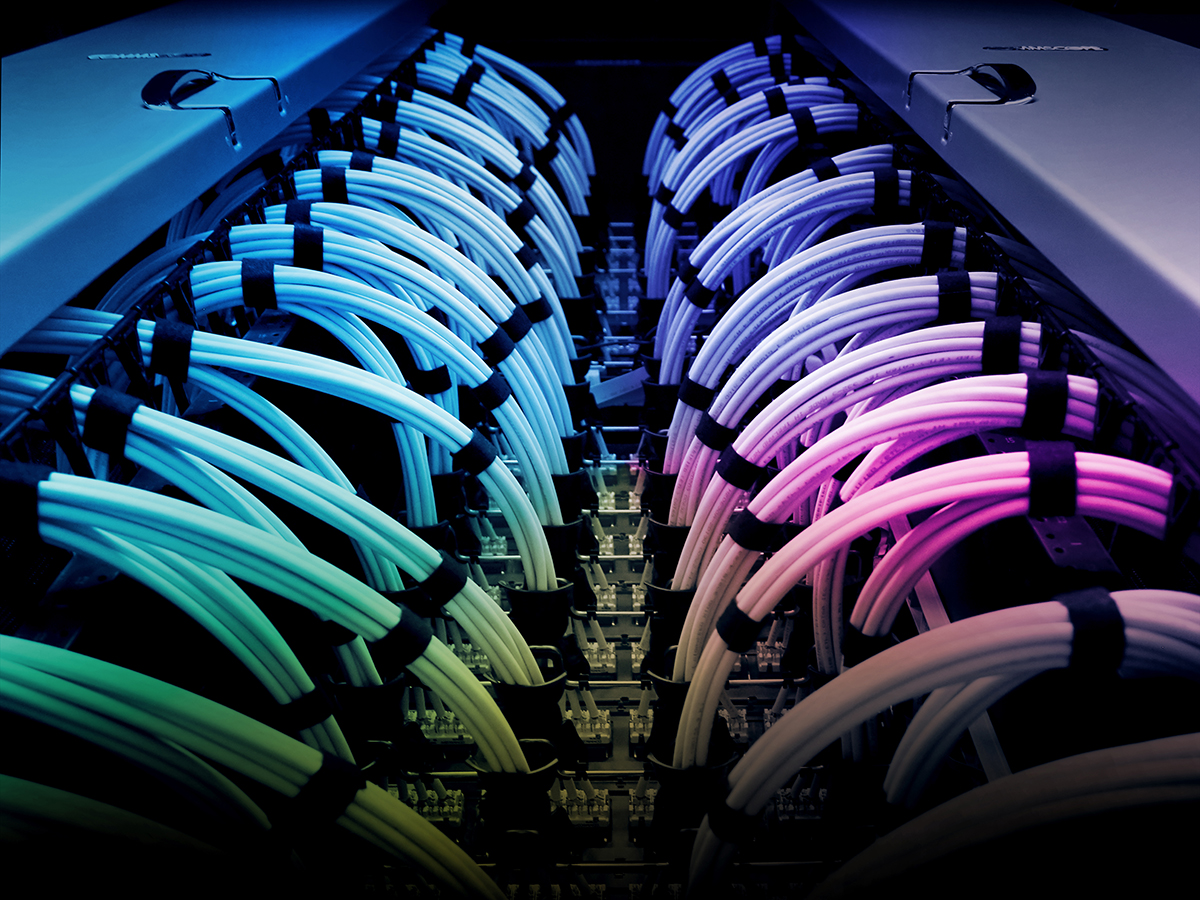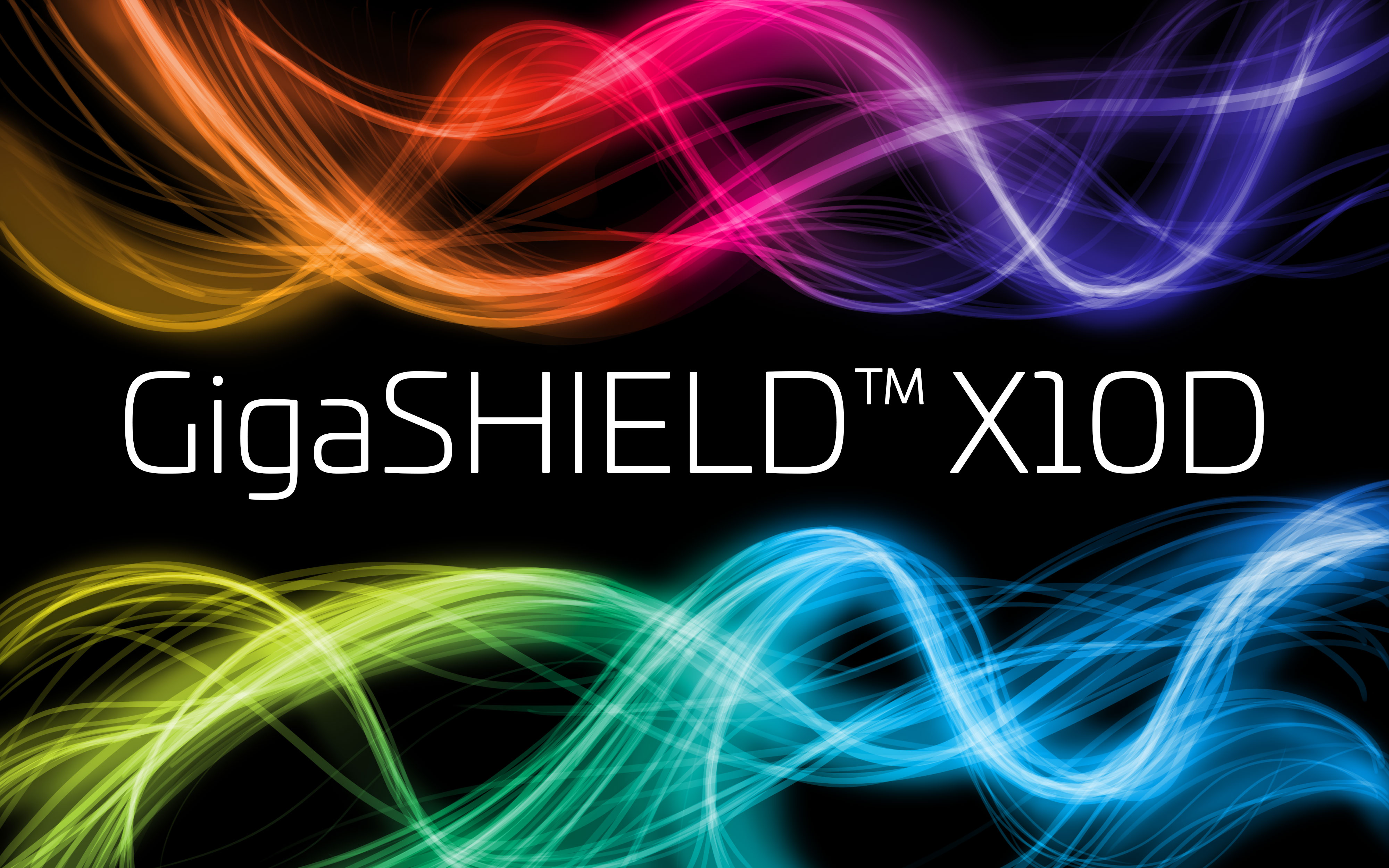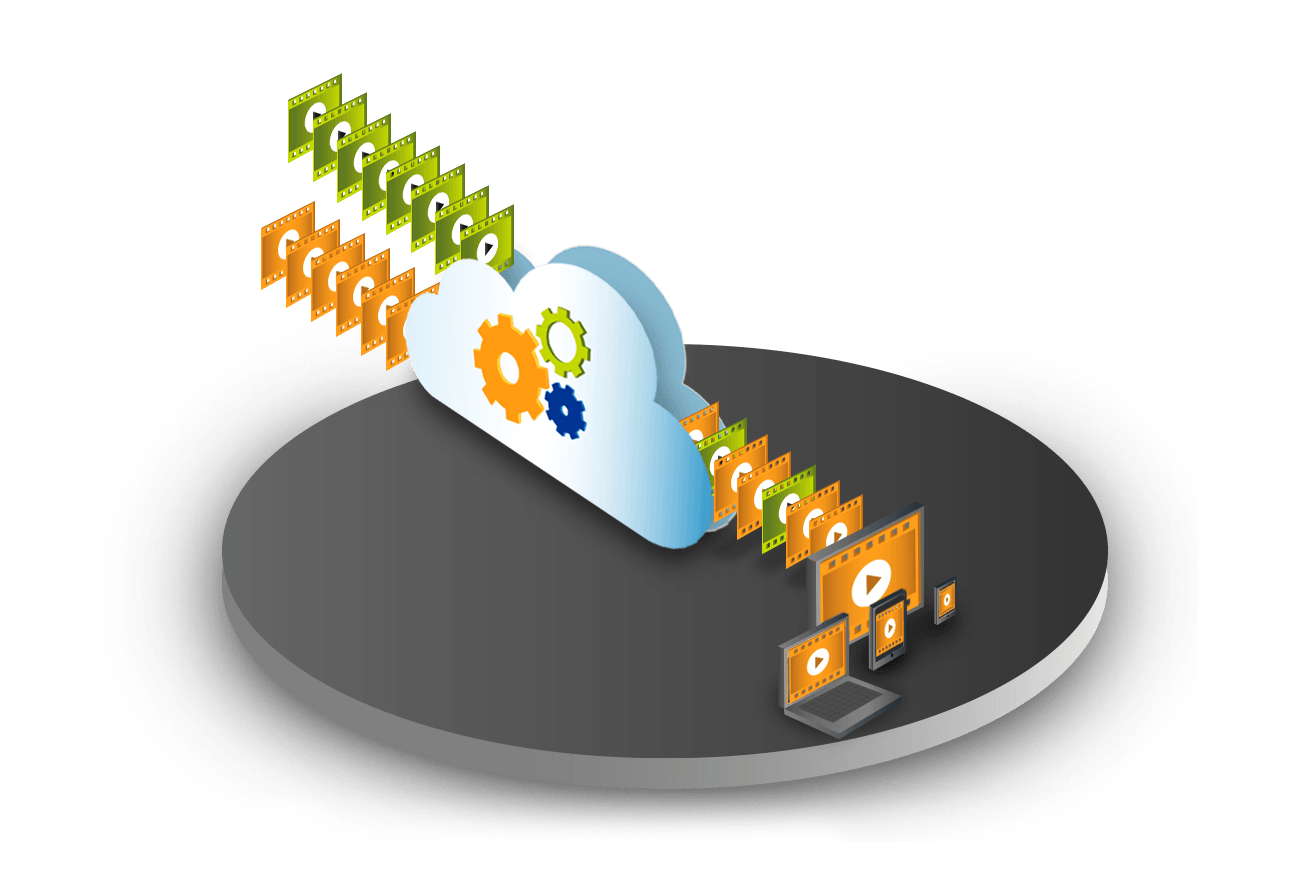 An increasing number of applications are accelerating IoT adoption across multiple markets and verticals. These include intelligent buildings (lighting, HVAC, physical security, and asset tracking), healthcare (staff alerts and patient monitoring), smart cities (smart parking and waste monitoring) and schools (smart locks, security cameras, and vaping detectors). However, despite a noticeable increase in adoption, real-world IoT deployments are challenged by a complex and costly array of network protocols, equipment, and disparate management tools.
An increasing number of applications are accelerating IoT adoption across multiple markets and verticals. These include intelligent buildings (lighting, HVAC, physical security, and asset tracking), healthcare (staff alerts and patient monitoring), smart cities (smart parking and waste monitoring) and schools (smart locks, security cameras, and vaping detectors). However, despite a noticeable increase in adoption, real-world IoT deployments are challenged by a complex and costly array of network protocols, equipment, and disparate management tools.
Indeed, each IoT system may require dedicated IoT gateways to support the network protocol used by its respective devices. Moreover, these systems often demand the installation of additional security and power infrastructure, resulting in multiple siloed overlay networks. As such, there is a real need to simplify overly complex IoT deployments by consolidating multiple radio technologies – such as Wi-Fi, Bluetooth® Low Energy, LoRaWAN, and Zigbee – into a single platform. This approach simplifies management and control within the network for IT and OT, while reducing the network attack surface and automating IT security oversight.
The CommScope RUCKUS IoT Suite reuses LAN and WLAN infrastructure, thus shortening deployment duration and reducing the cost of supporting multiple IoT solutions. Essentially, our IoT Suite addresses a common challenge within the IoT space – both from the IoT supplier side as well as the Enterprise IT deployment side. It enables customers to capture any and all IoT traffic – and backhaul traffic (data) it over a common Wi-Fi/Wired infrastructure to our IoT Suite. Our IoT Suite can also operate as a dashboard or as a mediation device, with API support for easy integration with other northbound platforms.
With the introduction of our most recent release of our IoT Suite, version 1.5, CommScope RUCKUS IoT users will be able to leverage a number of valuable, new features and capabilities to aid in the deployment of IoT devices.
- Rules Engine: Enables even the smallest IT departments to pre-define network routing and handling of IoT traffic within the access domain. This ensures IoT traffic is prioritized appropriately for the application, a feature that is critical for the processing of sensor data at the edge.
- Embedded LoRaWAN Network Server: Enables the seamless integration of IoT traffic originating from LoRa devices. With an embedded network server, customers will no longer be required to maintain a separate LoRa network server to support LoRa traffic.
- IoT SDK: Enables IoT developers to design products that are managed by CommScope’s RUCKUS IoT Suite from the start and reduce certification and testing time.
- Enhanced IoT Security: Enables secure enterprise-grade on-boarding of devices, as well as certificate-based authentication supporting MQTT over SSL and REST APIs, VLAN isolation of IoT traffic, and full compliance with California’s new IoT law (CA SB-327).
In addition to introducing the new features detailed above, we have expanded our IoT ecosystem to include IoT ecosystem vendors such as ASSA ABLOY Global Solutions, AVSystem, Kontakt.io, Soter Technologies, IP Configure, Telkonet, and TraknProtect to support the latest IoT use cases on a unified network infrastructure with CommScope’s Ruckus IoT Suite. These include connected entry, safety buttons, asset, room tray and vendor tracking, energy management, online thermostats, and location-based advertising. These vendor solutions are integrated into CommScope’s RUCKUS IoT Suite, enabling a common IoT dashboard and sophisticated rules-engine functionality that allows sensor alerts to trigger actions by other devices.
In conclusion, real-world IoT deployments are frequently challenged by a complex and costly array of gateways, network protocols, and disparate management tools. Consolidating multiple radio technologies into a single platform effectively addresses fragmentation at the edge by enabling unified management and the implementation of a comprehensive security framework. Put simply, a converged access layer forms the foundation for universal connectivity requirements for all users, applications, devices, and locations.













